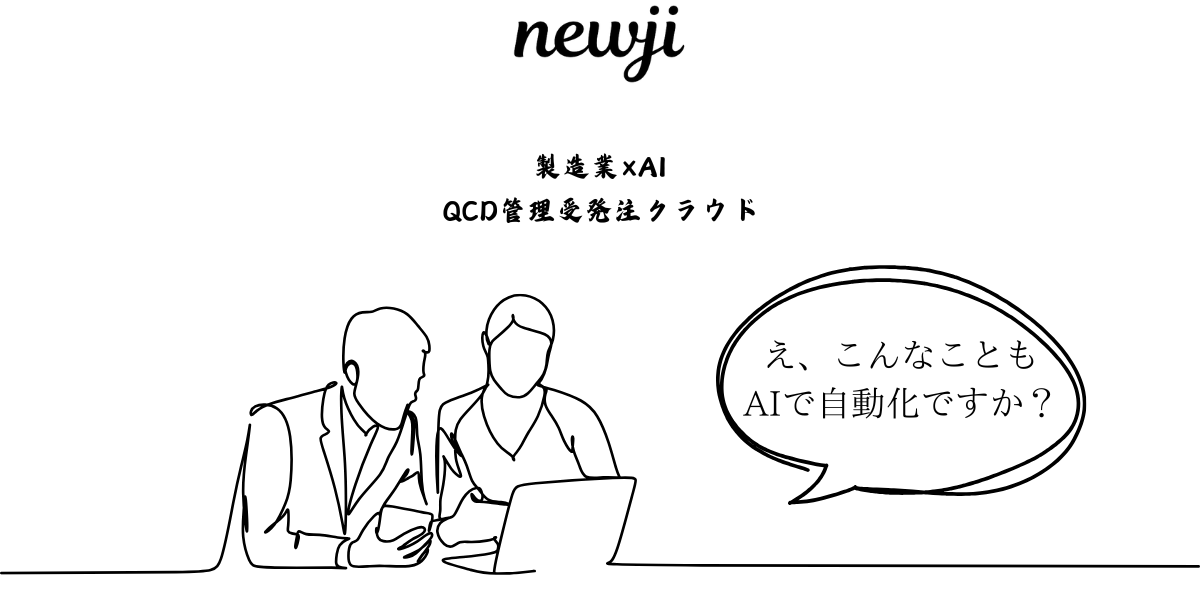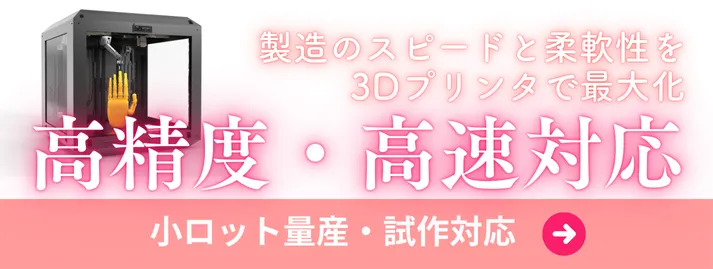- お役立ち記事
- Prototype production of food dispensers: Key points to achieve both hygiene standards and operability
月間76,176名の
製造業ご担当者様が閲覧しています*
*2025年3月31日現在のGoogle Analyticsのデータより

Prototype production of food dispensers: Key points to achieve both hygiene standards and operability

目次
Understanding the Basics of Food Dispensers
Food dispensers play a crucial role in both residential and commercial kitchens.
They offer an efficient way to store and distribute food, but their design must ensure hygiene while maintaining operability.
In order to produce a successful prototype, it’s important to understand what makes a food dispenser both hygienic and operable.
Food dispensers come in various shapes and sizes, each designed for specific types of food items such as cereals, candies, grains, or liquids.
The primary purpose of a food dispenser is to keep the food contained in a safe, sanitary environment while allowing for easy access and distribution.
This functionality makes them especially valuable in environments like cafeterias, restaurants, and supermarkets.
Key Considerations for Hygiene in Food Dispensers
Maintaining hygiene standards in food dispensers is essential to prevent contamination and ensure food safety.
Several factors contribute to the hygiene of a food dispenser:
Material Selection
The materials used in constructing a food dispenser should be non-porous and resistant to bacterial growth.
Stainless steel and food-grade plastics are often preferred because they are easy to clean and do not harbor bacteria.
It’s important that materials meet food safety regulations to avoid any adverse health effects.
Design and Construction
The design of a food dispenser should minimize areas where food can accumulate and bacteria can grow.
Seamless construction and smooth surfaces help achieve this goal.
Designs with simple shapes and minimal joints or crevices are ideal, as they are easier to clean and sanitize.
Cleaning and Maintenance
A hygienic food dispenser must be easy to disassemble for regular cleaning and maintenance.
Components should be dishwasher safe or easily cleaned with standard food-safe cleaners.
Clear instructions should be provided for maintaining the hygiene of the dispenser, ensuring all users understand how to properly care for it.
Optimizing Operability in Food Dispensers
While maintaining hygiene is crucial, a food dispenser must also be operable and convenient for users.
Here are some considerations to enhance operability:
User-Friendly Design
Food dispensers should be intuitive and simple to operate.
This includes easy access to the dispensing mechanism, clear labeling, and instructions for use.
Ergonomic designs that accommodate users of all ages and physical abilities are highly favorable.
Portion Control
A key feature of an operable food dispenser is its ability to control the portions it dispenses.
Portion control mechanisms help prevent waste and allow for cost savings, especially in commercial settings.
Prototypes should include adjustable dispensing options to cater to different portion sizes.
Durability and Reliability
Food dispensers should be constructed to withstand frequent use without losing functionality.
Durable materials and sturdy construction ensure the dispenser operates smoothly over time.
Incorporating quality materials and robust mechanisms in the prototype can enhance durability and reliability.
Balancing Hygiene and Operability in Prototyping
The challenge in food dispenser design lies in finding a balance between maintaining hygiene standards and ensuring user-friendly operability.
During prototype production, these two elements must be considered simultaneously.
Testing and Iteration
An iterative approach to prototyping can help strike the right balance between hygiene and operability.
Initial designs should be tested with real users in controlled environments to gather feedback on usability and cleanliness.
This feedback can guide design modifications to improve both aspects.
Compliance with Regulations
Food dispensers must comply with local and international food safety standards.
Prototypes should undergo rigorous testing to ensure compliance with regulations such as those set by the Food and Drug Administration (FDA) or European Food Safety Authority (EFSA).
Meeting these standards guarantees that the dispenser is safe for food handling and distribution.
Sustainability and Environmental Impact
Modern food dispenser designs should also consider sustainability.
Using recyclable materials and designing for longevity reduces environmental impact.
A focus on sustainable practices can also be a selling point for businesses and consumers who are environmentally conscious.
Conclusion
Prototype production of food dispensers requires careful attention to both hygiene standards and operability.
By selecting appropriate materials, designing for cleanliness, and ensuring user-friendly operation, a balance can be achieved.
Through testing, iteration, and compliance with regulatory standards, manufacturers can develop effective and safe food dispensers.
Ultimately, achieving this balance in prototype design will lead to food dispensers that not only protect consumers’ health but also enhance the user experience in various settings.
 資料ダウンロード
資料ダウンロード
QCD管理受発注クラウド「newji」は、受発注部門で必要なQCD管理全てを備えた、現場特化型兼クラウド型の今世紀最高の受発注管理システムとなります。
 ユーザー登録
ユーザー登録
受発注業務の効率化だけでなく、システムを導入することで、コスト削減や製品・資材のステータス可視化のほか、属人化していた受発注情報の共有化による内部不正防止や統制にも役立ちます。
 NEWJI DX
NEWJI DX
製造業に特化したデジタルトランスフォーメーション(DX)の実現を目指す請負開発型のコンサルティングサービスです。AI、iPaaS、および先端の技術を駆使して、製造プロセスの効率化、業務効率化、チームワーク強化、コスト削減、品質向上を実現します。このサービスは、製造業の課題を深く理解し、それに対する最適なデジタルソリューションを提供することで、企業が持続的な成長とイノベーションを達成できるようサポートします。
 製造業ニュース解説
製造業ニュース解説
製造業、主に購買・調達部門にお勤めの方々に向けた情報を配信しております。
新任の方やベテランの方、管理職を対象とした幅広いコンテンツをご用意しております。
 お問い合わせ
お問い合わせ
コストダウンが利益に直結する術だと理解していても、なかなか前に進めることができない状況。そんな時は、newjiのコストダウン自動化機能で大きく利益貢献しよう!
(β版非公開)









